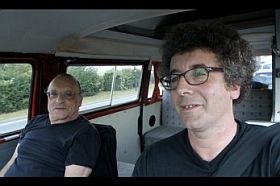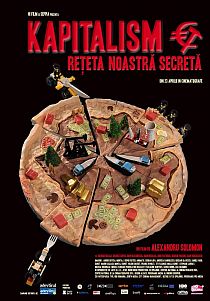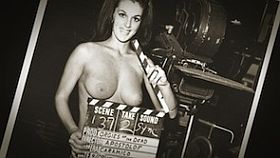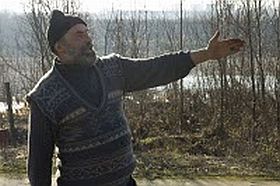


Lozinski: Father and Son

I met Pawel Lozinski at DocsBarcelona, I have known him for many years, appreciating the films he has made (in Barcelona was shown “Sisters” and “Chemo”). He told me about the film project he and his father, Marcel, is working on. Do I need to write that Marcel Lozinski is one of the masters of documentary cinema, with – for me at least and many others, I am sure – “Anything Can Happen” as the crown jewel in his production. Among many other works. The Polish Film Institute has published dvd boxes of the works of father and son – with English subtitles. But back to the film project, maybe to be edited and finished this year. Here is a description, written by Pawel:
My father and I get into an old camper and head for Paris where, 23 years ago, he dispersed his mother’s ashes in the Luxembourg Garden. Our trip will take two weeks. We’re both documentary filmmakers so we’ve decided to make a film recording the journey. We stop at camper parks or gas stations for the night. We each have a camera to keep the conditions fair and so we’re both the directors and protagonists at the same time. My father is 70, I am 44. We discuss various things – family history, difficult past, my father’s divorces. Any question is allowed. The journey is a pretext to get to know each other a little better. A cinematic-psychological experiment about the father-son relationship. Once in the editing room, will we be able to create a single version that would be acceptable to both?
http://www.pisf.pl/en/about/structure (ask here about where to get the dvd-boxes)








